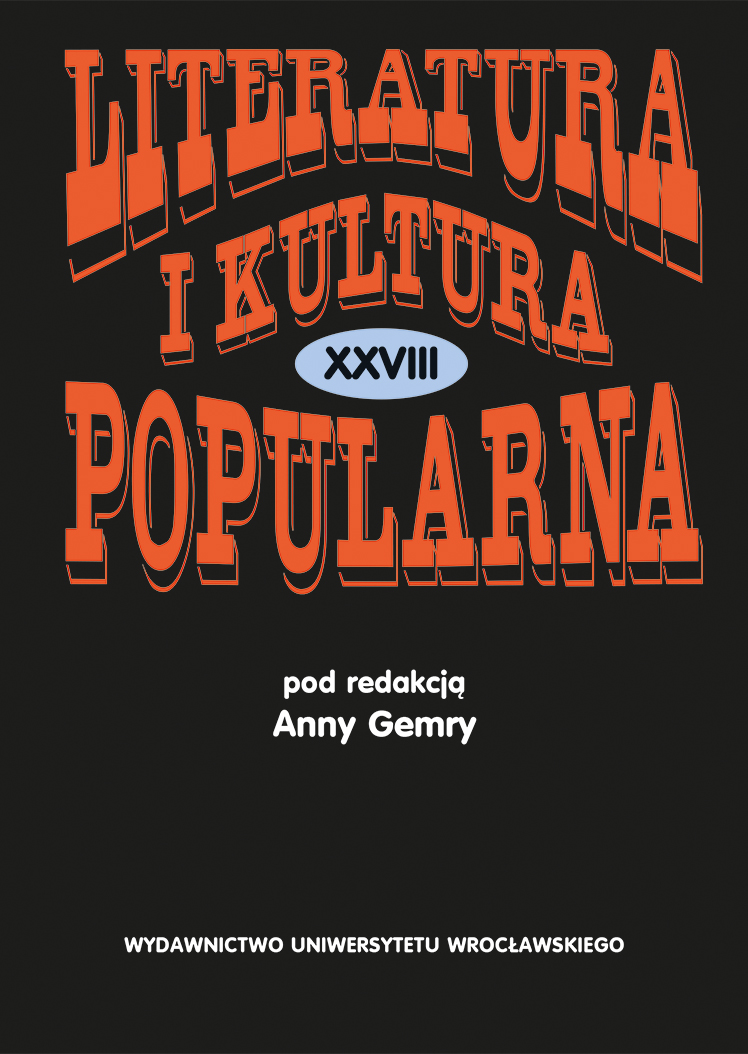

Articles

The article analyses the impact of folktales on J.R.R. Tolkien’s story about Beren and Lúthien. The story was numerously rewritten and modified by the author, so the article focuses on three versions: The Tale of Tinúviel (written c. 1917), The Lay of Leithian (written 1925–1931) and Quenta Silmarillion (written c. 1937), the last of which is the textual base for The Silmarillion (1973). The major instruments of analysis are the Aarne-Thompson-Uther Index and Vladimir Propp’s folk-tale characters functions.
Beren and Lúthien emerges from several folktale types, along with numerous mythological and literary sources. The dominant type is ATU 460–499 (“Supernatural Task”), especially ATU 461 (“Three Hairs of the Devil”), but there are also references to ATU 550 (“The Golden Bird”) and ATU 551 (“The Water of Life”). The functions of the hero, the princess, and the helper are performed by, respectively, Beren, Lúthien, and Huan. However, the functions of the hero and the princess are distributed between the two protagonists and Lúthien assumes the hero’s function because she actively takes part in performing the supernatural task. The reason is that gender roles are subordinated to more important division between the human (Beren) and the divine (Lúthien, who resembles both a solar deity and a Christological figure). The convention of the folktale is also alluded to by stereotypical characteristics and moral values ascribed to the dog, the wolf, and the cat. The Tale of Tinúviel can be recognized as an etiological tale of the type ATU 200 (“The Dog’s Certificate”).